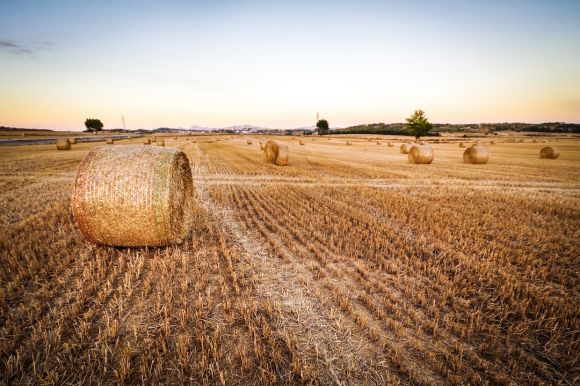Water is essential for the growth and development of crops, but excessive water can have detrimental effects. Waterlogging, also known as soil saturation, occurs when the soil becomes oversaturated with water, leading to poor root development and decreased crop productivity. In order to prevent waterlogging and ensure efficient soil drainage, farmers must implement proper management techniques. This article will explore the importance of efficient soil drainage and provide practical tips for preventing waterlogging in crops.
Understanding Soil Drainage
Soil drainage refers to how well water moves through the soil. It is determined by various factors such as soil texture, structure, and organic matter content. Well-drained soil allows excess water to drain away, preventing waterlogging. On the other hand, poorly drained soil retains water, leading to waterlogging and oxygen deprivation for the roots.
The Consequences of Waterlogging
Waterlogging can have severe consequences on crop health and productivity. When soil becomes waterlogged, it hinders root respiration, nutrient uptake, and microbial activity. This can result in stunted growth, yellowing of leaves, and even plant death. Furthermore, waterlogged soil increases the risk of diseases caused by waterborne pathogens, such as root rot and fungal infections. Ultimately, waterlogging can lead to significant yield losses and financial setbacks for farmers.
Improving Soil Drainage
1. Implement Proper Irrigation Techniques: Over-irrigation is a common cause of waterlogging. Farmers should ensure that irrigation systems are properly designed and managed to prevent excessive water accumulation. Regular monitoring of soil moisture levels and adjusting irrigation schedules accordingly can help maintain optimal soil moisture levels.
2. Use Organic Amendments: Adding organic matter, such as compost or well-rotted manure, can improve soil structure and increase its water-holding capacity. This allows excess water to drain more efficiently, reducing the risk of waterlogging. Additionally, organic matter enhances microbial activity, promoting nutrient cycling and overall soil health.
3. Consider Drainage Systems: In areas prone to waterlogging, installing drainage systems can be an effective solution. Subsurface drainage, such as tile drains or buried pipes, can quickly remove excess water from the soil profile. Surface drainage techniques, such as contour plowing or constructing swales, redirect water away from crop fields.
4. Crop Selection and Rotation: Certain crops are more tolerant of waterlogging than others. By choosing crops that are well-adapted to wet conditions, farmers can minimize the risk of waterlogging. Additionally, practicing crop rotation can help break up compacted soil and improve soil structure, enhancing drainage capabilities.
5. Avoid Overcompaction: Excessive soil compaction can worsen drainage problems. Avoid heavy machinery when the soil is wet, as it can lead to compaction and reduced pore space for water movement. Implementing conservation practices, such as reduced tillage and cover cropping, can help prevent soil compaction and improve soil structure.
Conclusion
Efficient soil drainage is crucial for preventing waterlogging and ensuring optimal crop growth. By understanding the factors that affect soil drainage and implementing proper management techniques, farmers can minimize the risks associated with waterlogging. From proper irrigation practices to installing drainage systems, there are various strategies that can be employed to improve soil drainage. By taking proactive measures, farmers can create an environment that promotes healthy root development and maximizes crop productivity.
